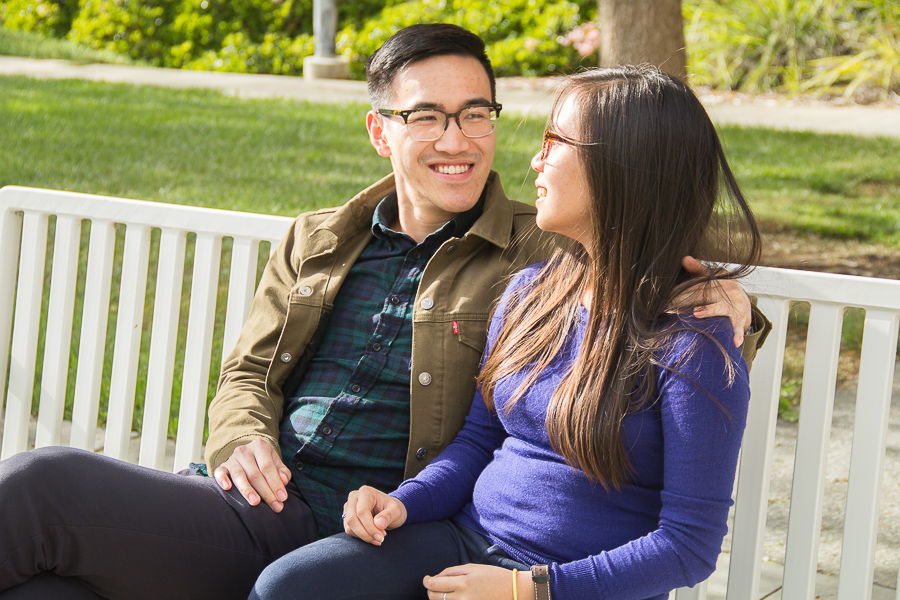
UC Davis study reveals that romantic exes have matching physical, personality-based attributes
Ever had a new partner who is reminiscent of a former flame? A recent UC Davis study published in the Journal of Personality and Social Psychology finds that a glimpse into a person’s dating history can reveal both physical and personality-based similarities between one’s past partners.
For similarities in physical attractiveness, the study revealed that people generally dated those who were about as attractive as themselves, thereby following the model of assortative mating and producing a history of exes with relatively the same level of attractiveness. Other physical attributes that showed a tendency to match between one’s past partners were masculinity, femininity and dominance.
For qualities such as IQ, educational aspirations and religious preferences that are dependent on the social context (i.e. where one lives), a similar trend became apparent. However, this similarity was attributed to the reasoning that most people dated those that they went to school with or lived near, not because they actively sought out and selected educated or religious people.
“The evidence was a little stronger for the physical than the personality similarities,” said Dr. Paul Eastwick, an associate professor of psychology at UC Davis and primary author on the study. “But the main difference was that the personality similarities seemed to originate with the social context, a passive selection process, whereas the physical similarities were more likely to reflect an active selection process.”
The article, which is composed of three individual studies, utilizes data from social media sites such as Facebook, questionnaires and interviews of people in over 1000 past and present heterosexual relationships.
“It’s the first study to examine people’s multiple romantic partner choices over time,” Eastwick said. “I think it’s important to bear in mind that people’s romantic relationships don’t exist in a vacuum. They are preceded by other relationships and are often followed by other relationships, and what affects our choices in one relationship may have important impacts on the choices we make in other relationships.”
One of the studies showed that people’s romantic partners tend to “cluster” and show consistency around certain attributes that mirrored those of past partners, such as a great sense of humor and high attractiveness.
“My role was to conduct the initial simulation study,” said Dr. Samantha Joel, co-author on the paper and assistant professor of social psychology at the University of Utah. “We wanted to show that our clustering method was a valid way to detect stable mate preferences across time. We found that yes, if you simulate an environment in which people choose partners according to stable mate preferences, those preferences are revealed through clustering across their romantic partners.”
The studies are conducted and examined under the lens of researchers in specific fields of relationships science, sociology and evolutionary psychology.
“The take-home here goes above and beyond the results and implications of the studies,” said Jennifer Ann Shukusky, co-author on the study and graduate research assistant in the Department of Human Development and Family Sciences at the University of Texas. “It’s that there needs to be more communication between fields that take interest in similar topics, like the three blind men trying to identify an elephant, each has a different set of information that shapes his perspective, [and] when you pull it all together — when researchers from different disciplines collaborate —then you can get the full picture.”
Written by: Harnoor Gill – science@theaggie.org




